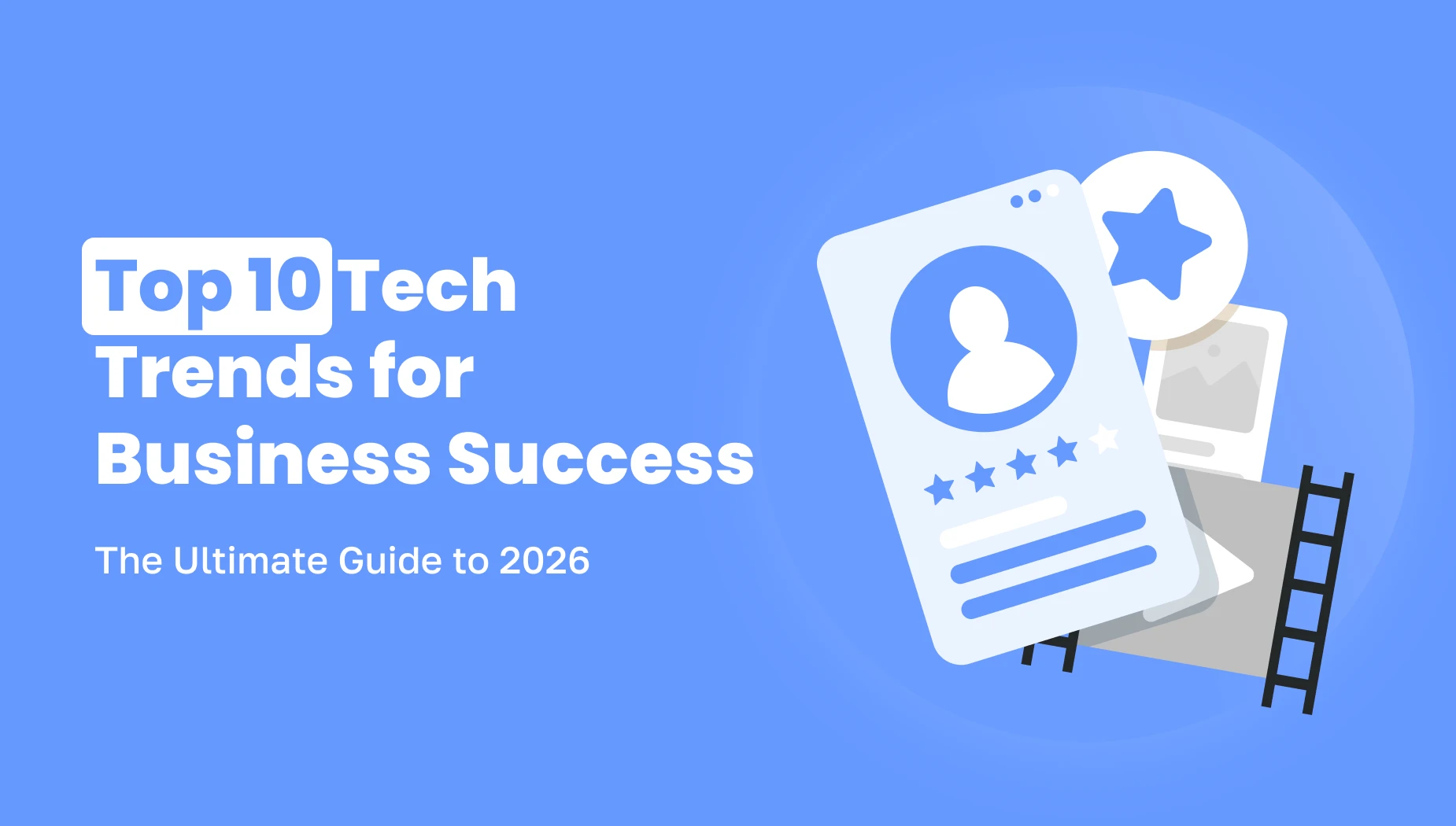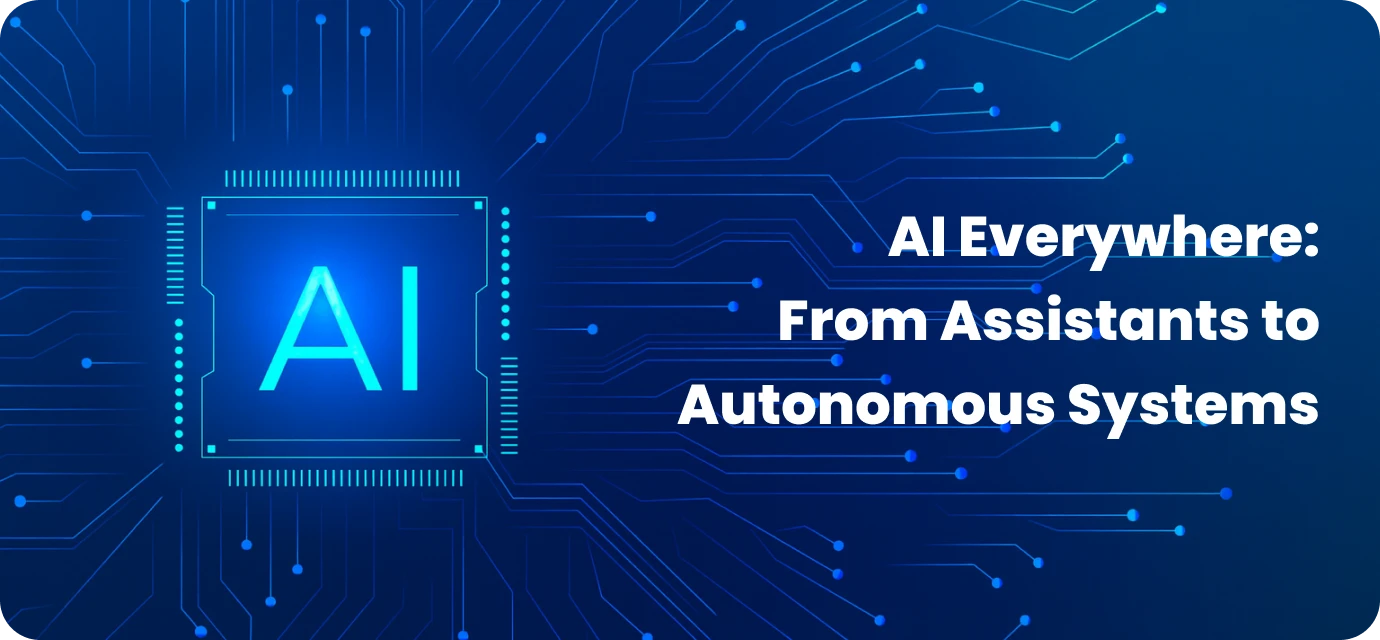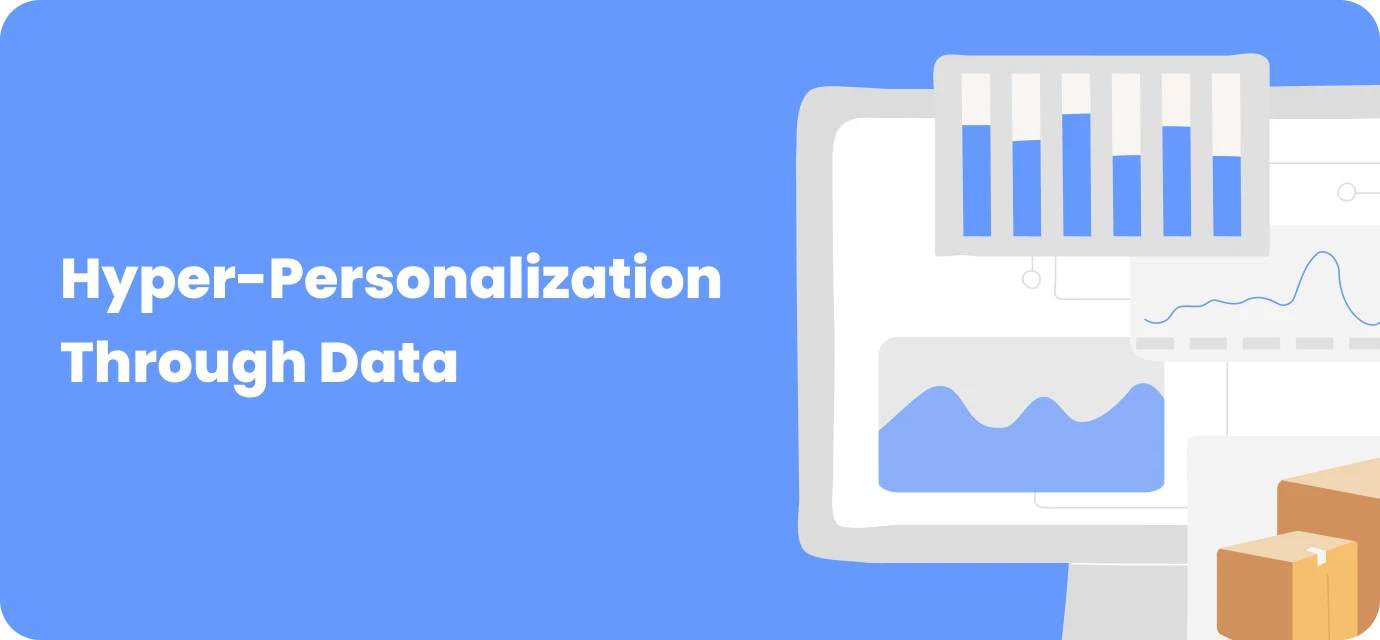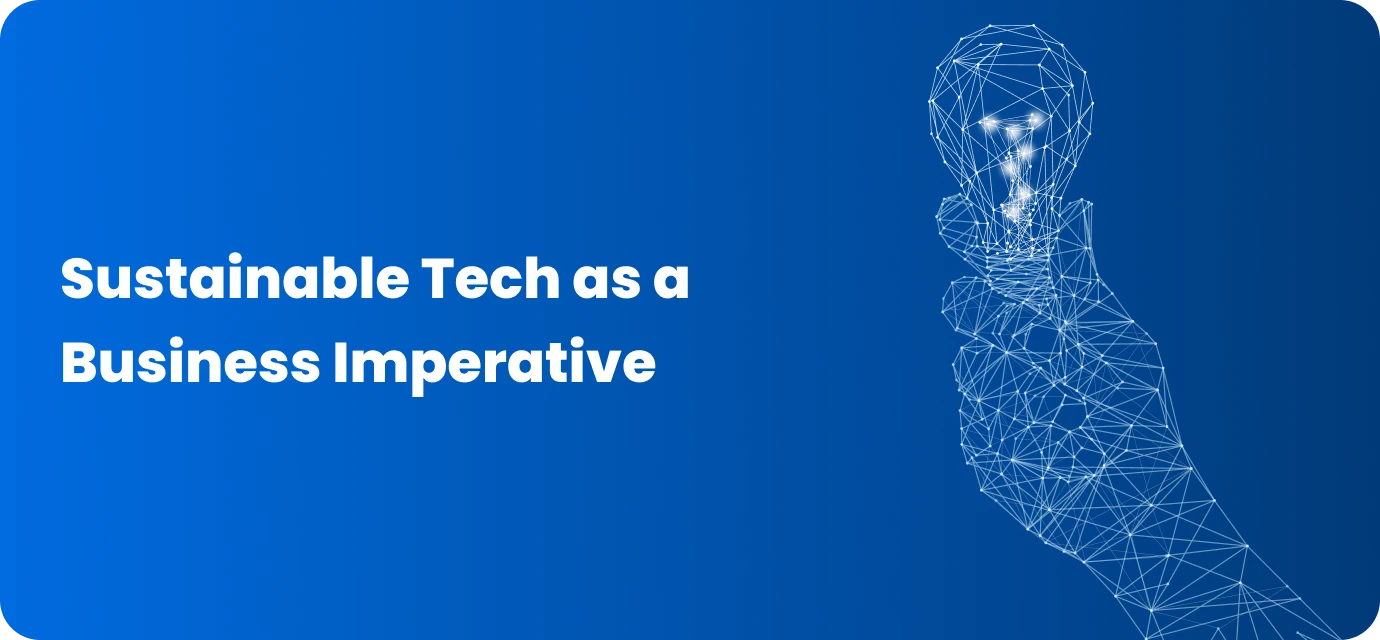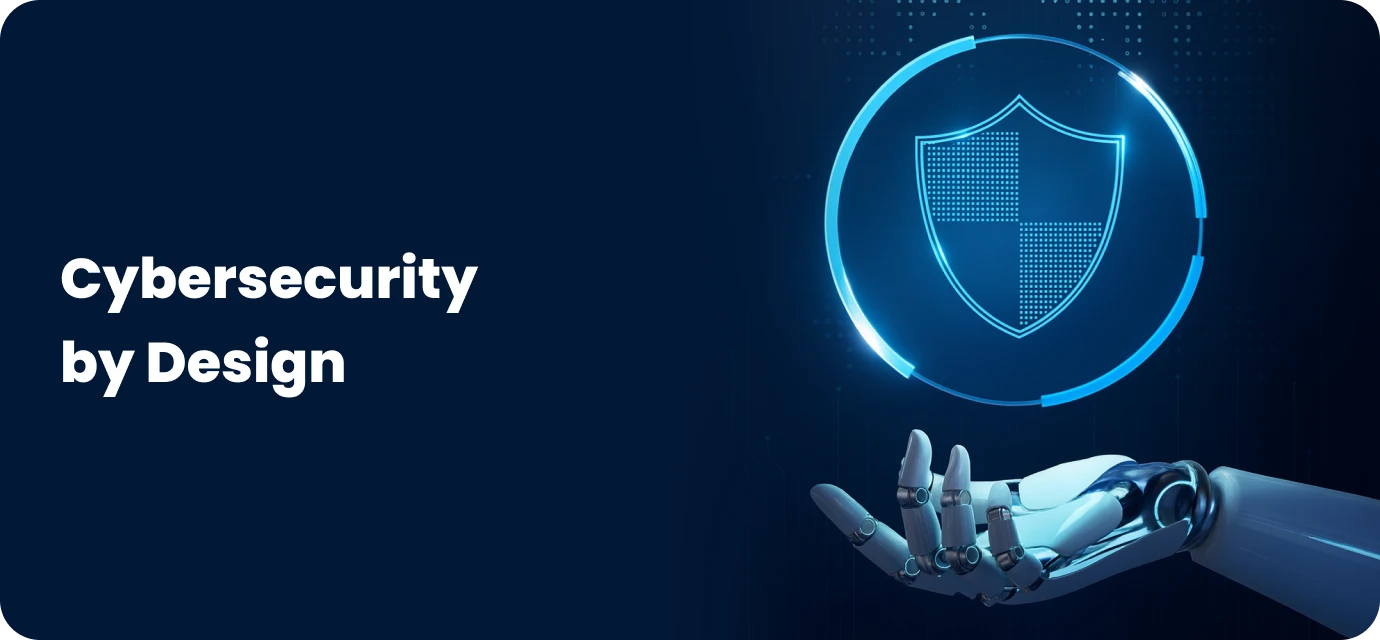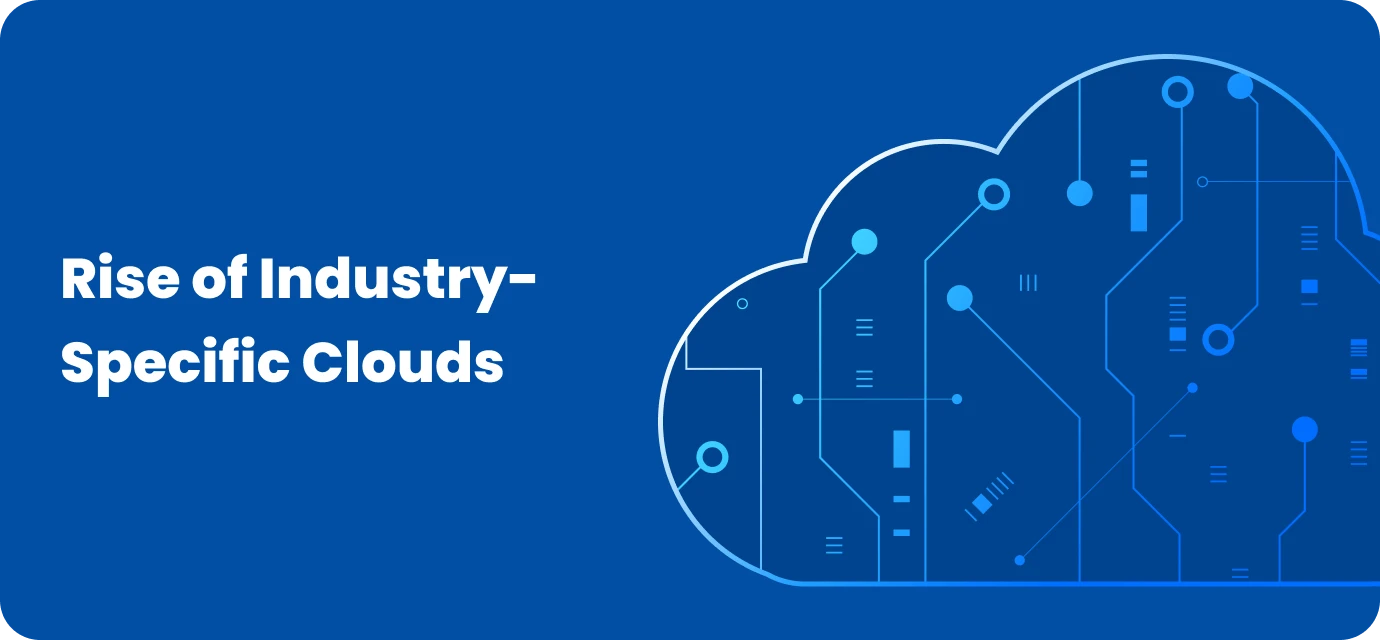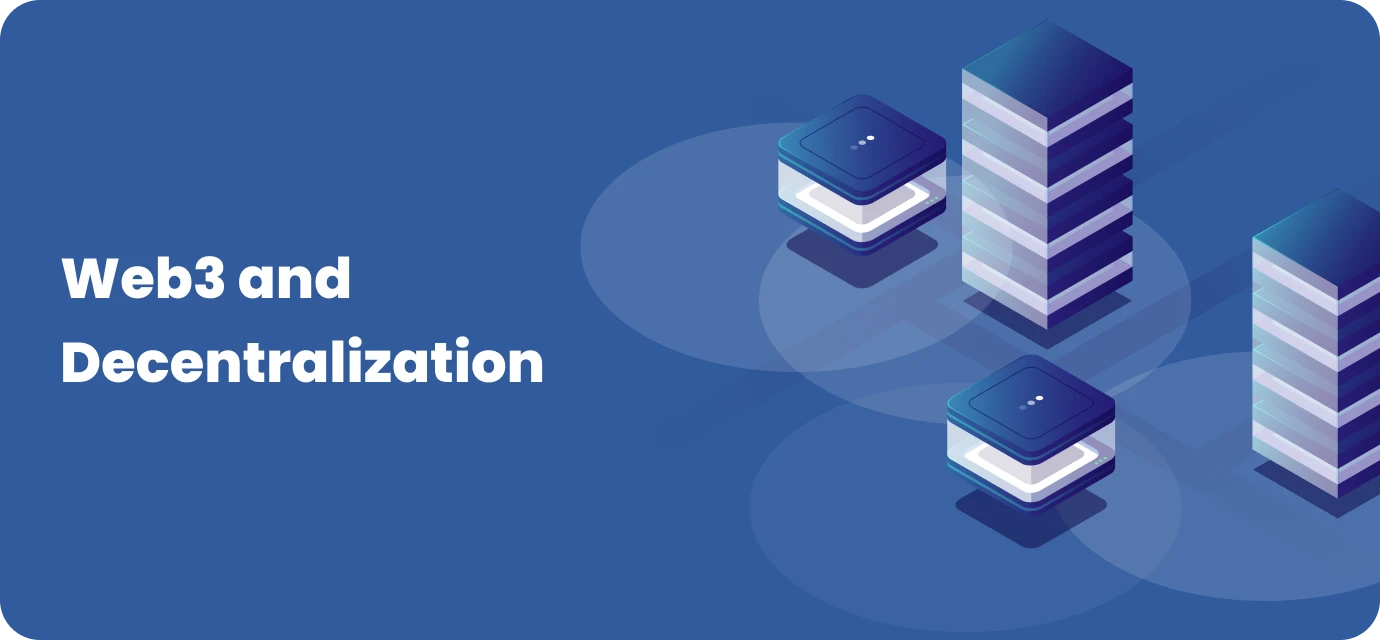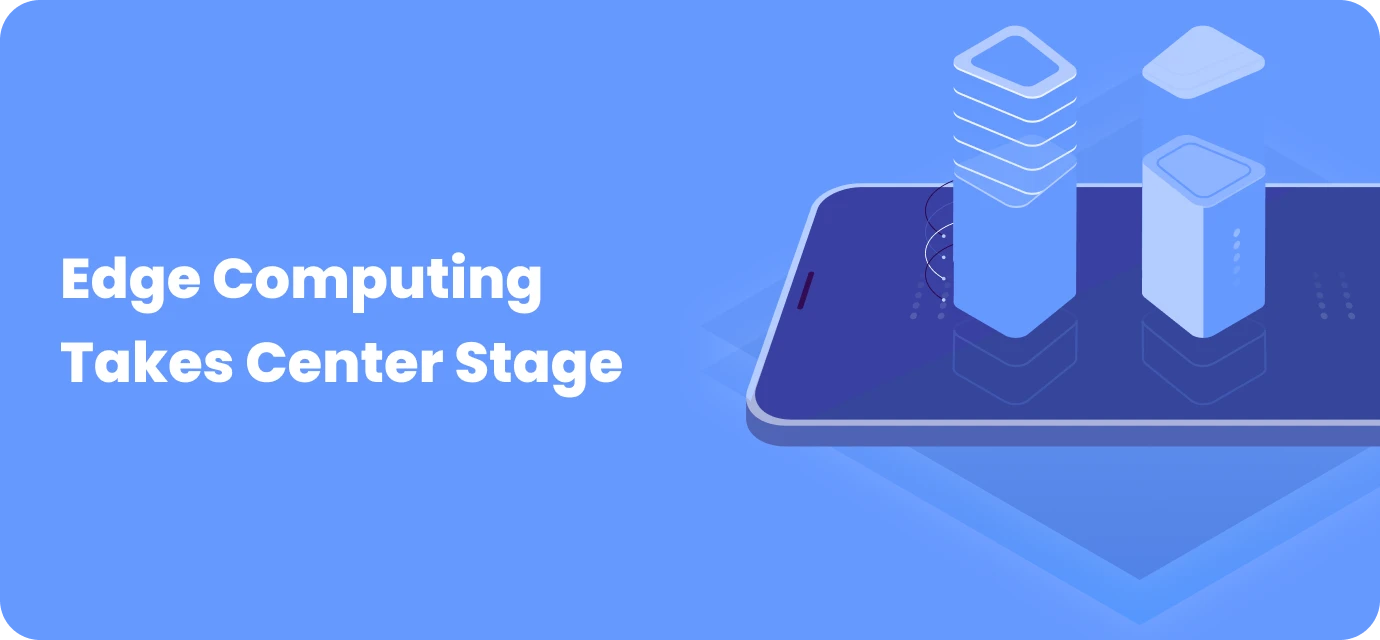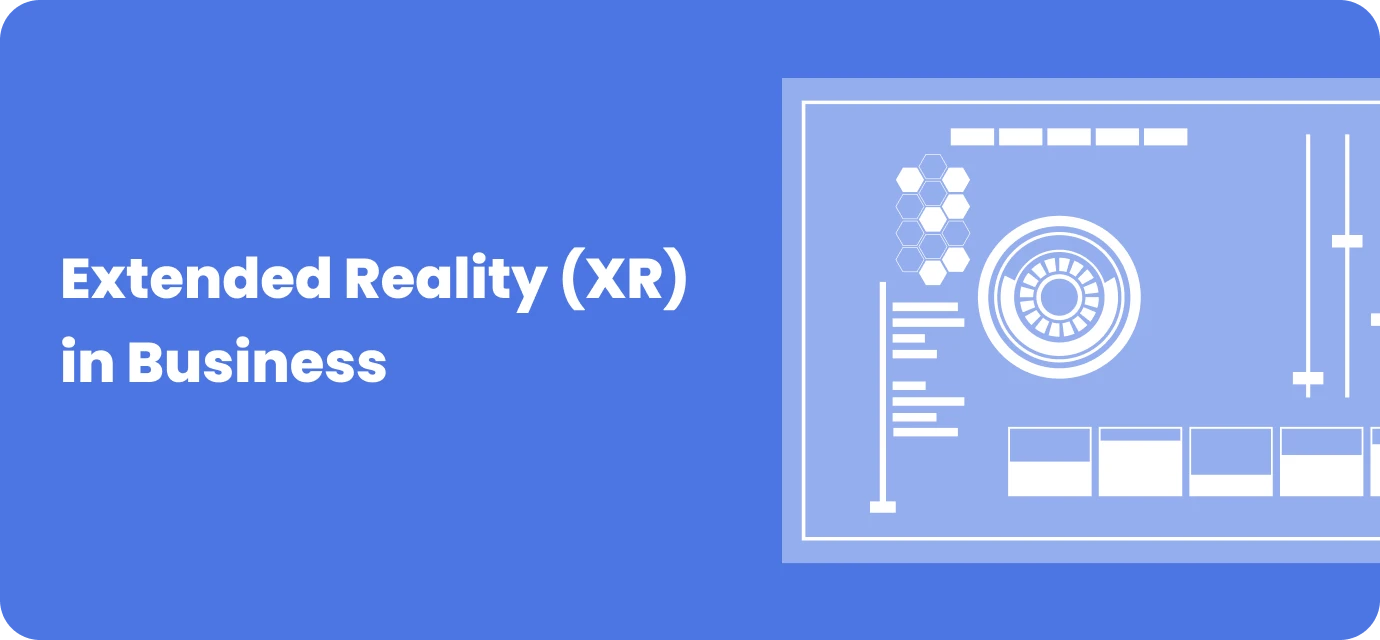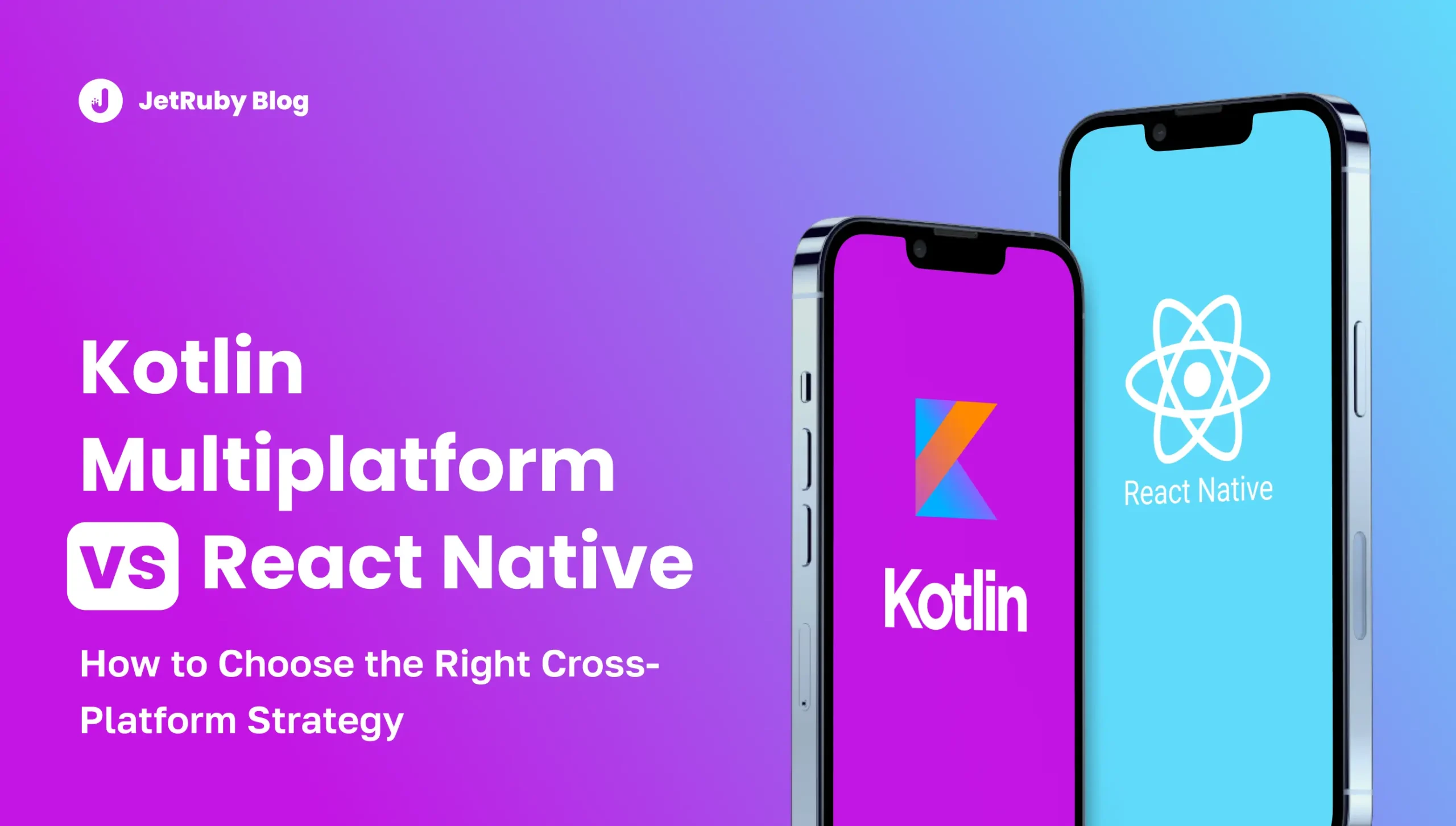Table of Contents
Technology is evolving faster than ever, and businesses that fail to adapt risk being left behind. By 2026, the most competitive companies will be those that don’t just adopt new technologies — they integrate them strategically to drive growth, efficiency, and innovation.
At JetRuby, we help businesses future-proof their digital products and operations. In this Ultimate Guide to 2026, we break down the Top 10 Tech Trends every business leader should track — and how you can leverage them for long-term success.
1. AI Everywhere: From Assistants to Autonomous Systems
AI is no longer just a support tool; it’s becoming the engine of business operations. By 2026, expect companies to move from simple chatbots to AI-driven decision-making, predictive analytics, and even autonomous systems.
- Use case: Retailers using AI to forecast demand and optimize supply chains in real time.
- Why it matters: Businesses gain speed, precision, and cost savings by automating complex processes.
2. Hyper-Personalization Through Data
Customer expectations are at an all-time high. Businesses will rely on AI and advanced analytics to deliver hyper-personalized experiences.
- Example: Financial apps offering tailored investment strategies based on behavioral data.
- Takeaway: Personalization increases engagement, loyalty, and conversion rates.
3. Sustainable Tech as a Business Imperative
Sustainability is no longer optional — it’s a differentiator. From green cloud computing to energy-efficient infrastructure, companies are expected to prove their eco-responsibility.
- Trend: More businesses adopt carbon-tracking software and energy-optimized data centers.
- Benefit: Meeting regulatory standards while attracting environmentally conscious customers.
4. Cybersecurity by Design
With more data and more connectivity comes greater risk. By 2026, cybersecurity will be integrated into every stage of development.
- Approach: Zero Trust architectures, multi-factor authentication, and AI-powered threat detection.
- Impact: Secure systems aren’t just protective — they build customer trust and ensure compliance.
5. Rise of Industry-Specific Clouds
The one-size-fits-all cloud era is ending. Companies will increasingly adopt industry-specific cloud solutions optimized for healthcare, finance, logistics, and beyond.
- Advantage: Faster compliance, better performance, and tailored features.
- JetRuby insight: Businesses that migrate to specialized cloud platforms gain both scalability and industry agility.
6. Web3 and Decentralization
Blockchain is maturing into practical applications beyond crypto. In 2026, expect decentralized finance (DeFi), smart contracts, and digital identity platforms to become mainstream.
- Use case: Secure, transparent supply chain tracking.
- Why it matters: Decentralization enables trust without intermediaries, lowering costs and increasing transparency.
7. Edge Computing Takes Center Stage
As data volumes explode, businesses are moving closer to the source with edge computing.
- Example: Smart factories processing data on-site to improve efficiency.
- Outcome: Faster insights, reduced latency, and improved performance for IoT-heavy industries.
8. Automation + Human Collaboration
By 2026, the workplace won’t be “humans vs. machines” — it will be humans and machines working together.
- Trend: Automation handles repetitive tasks while employees focus on strategy and creativity.
- Result: Higher productivity and better employee satisfaction.
9. Extended Reality (XR) in Business
AR, VR, and mixed reality are no longer just for gaming. They are transforming industries from retail to healthcare.
- Example: Virtual training environments for employees or AR-powered product demos for customers.
- Why it matters: XR creates immersive experiences that boost engagement and learning.
10. The Next Level of Connectivity: 6G on the Horizon
While 5G is still expanding, the groundwork for 6G networks is underway. By 2026, expect early adoption in leading markets.
- Impact: Faster speeds, ultra-low latency, and enabling technologies like autonomous vehicles and smart cities.
- Business edge: Connectivity becomes the backbone of real-time innovation.
Final Thoughts: Preparing Your Business for 2026
The decade’s midpoint is a turning point for digital innovation. By 2026, the companies that succeed won’t necessarily be the biggest or the fastest adopters of new technologies — they’ll be the ones that adopt with purpose, strategy, and adaptability.
The Top 10 trends outlined — from AI and automation to sustainable tech, industry-specific clouds, and next-generation connectivity — aren’t isolated innovations. They’re interconnected forces, each amplifying the other. For example, AI becomes even more powerful when paired with edge computing. Sustainability gains traction when built on energy-efficient infrastructure. Cybersecurity becomes a growth enabler when embedded in design, not patched on later.
But here’s the real takeaway: technology alone isn’t a strategy. The most successful businesses in 2026 will align these tools with their core mission, their customers’ evolving needs, and their long-term vision. It’s not about chasing every trend — it’s about identifying the ones that matter most to your industry, market, and growth trajectory.
At JetRuby, we believe in building digital products and ecosystems that aren’t just modern, but future-ready. That means architecting for scalability, embedding security and compliance from day one, and creating experiences that customers love. With our expertise in AI solutions, cloud engineering, DevOps, and digital strategy, we help organizations transform trends into tangible business outcomes.
As you look toward 2026, ask yourself:
- Which of these trends could reshape how you serve your customers?
- Where are the gaps in your current tech stack that could block growth?
- How can you ensure your digital investments deliver ROI not just today, but years into the future?
The future isn’t waiting — it’s already here. Businesses that prepare today will be the ones leading markets tomorrow.
Ready to make 2026 your most successful year yet?
Let’s talk about how JetRuby can turn these trends into your competitive advantage.
